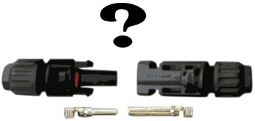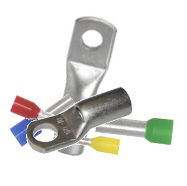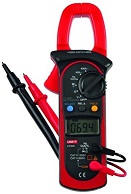CABLING
Size matters
The more current you try to push through electrical cabling and the further you try to push it, the bigger your cabling needs to be. This is probably the easiest and least expensive thing to investigate if you have persistent problems with electricity in your RV.
We go over the sizes that we typically use in an RV battery installation and look at where caravan and motorhome manufacturers often undersize cabling.
Battery cabling
There's only so much electricity you can push through any particular size of cable. At your battery, where your electrical supply for your RV is greatest, it's more important than anywhere to ensure that your battery cabling is enough to safely feed the rest of your RV.
If you have, or are going to have, a lithium battery, you will be able to demand power at a greater rate than ever before, so it's important to make sure your battery cabling is able to cope with that demand. If you’re coming to us for an install, we’ll do that for you.
Solar cabling
We look at the size of cable required to connect multiple solar panels, how best to make those connections and the cabling suitable to bring that power into your RV. We also look at the pros and cons of series or parallel connection of solar panels.
Connecting cables
It's important that the way you connect your cables can withstand the rigors of dust and vibration that an RV is subject to. We look at the good, the bad and the ugly ways to connect cables of various sizes together and the pitfalls of not doing it right.
Testing cabling
We see it so often: the battery isn't giving enough power, the fridge isn't keeping food cool, the solar panels aren't bringing in power. Maybe it's time to look at the cabling as being a possible cause of the problem.




